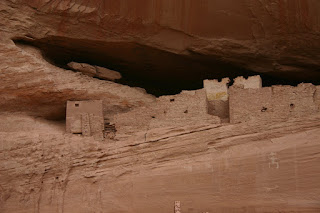



We got back to Raleigh on May 19th. Bill the rode the Divisidero trail outside of Taos, New Mexico, where we also visited an old mission church that has been well kept. From New Mexico, we pretty much drove I-40 all the way back. We did stop for a few days in Palo Duro State Park in Texas which has some great mountain biking. They also have some big wild turkeys that woke us up with their mating displays and gobbling. We stopped at Red Canyon State Park in Oklahoma which was actually more of a big ditch than a canyon, but again, this is Oklahoma which is supposed to be flat as a pancake, so I guess that they can call it a canyon. We did a brief stop over in the Osark Mountains of Arkansas where a group of armadillos wandered through our camp. I wonder where we we will go next.













































